BMW X5 vs SsangYong Rexton – Performance, range & efficiency compared
Two cars, one duel: BMW X5 meets SsangYong Rexton.
Which one wins in performance, efficiency and value for money? Find out now!
Costs and Efficiency:
Price and efficiency are key factors when choosing a car – and this is often where the real differences emerge.
SsangYong Rexton has a decisively advantage in terms of price – it starts at 41100 £, while the BMW X5 costs 77100 £. That’s a price difference of around 35923 £.
Fuel consumption also shows a difference: BMW X5 manages with 0.80 L and is therefore decisively more efficient than the SsangYong Rexton with 8.20 L. The difference is about 7.40 L per 100 km.
Engine and Performance:
Power, torque and acceleration are the classic benchmarks for car enthusiasts – and here, some clear differences start to show.
When it comes to engine power, the BMW X5 has a clearly edge – offering 625 HP compared to 202 HP. That’s roughly 423 HP more horsepower.
In acceleration from 0 to 100 km/h, the BMW X5 is convincingly quicker – completing the sprint in 3.90 s, while the SsangYong Rexton takes 10.60 s. That’s about 6.70 s faster.
In terms of top speed, the BMW X5 performs distinct better – reaching 250 km/h, while the SsangYong Rexton tops out at 184 km/h. The difference is around 66 km/h.
There’s also a difference in torque: BMW X5 pulls clearly stronger with 750 Nm compared to 441 Nm. That’s about 309 Nm difference.
Space and Everyday Use:
Whether family car or daily driver – which one offers more room, flexibility and comfort?
Seats: SsangYong Rexton offers distinct more seating capacity – 7 vs 5.
In curb weight, SsangYong Rexton is hardly perceptible lighter – 2145 kg compared to 2240 kg. The difference is around 95 kg.
In terms of boot space, the SsangYong Rexton offers somewhat more room – 784 L compared to 650 L. That’s a difference of about 134 L.
In maximum load capacity, the SsangYong Rexton performs slight better – up to 1977 L, which is about 107 L more than the BMW X5.
When it comes to payload, SsangYong Rexton slight takes the win – 770 kg compared to 705 kg. That’s a difference of about 65 kg.
Who wins the race?
The BMW X5 proves to be is largely superior and therefore becomes our DriveDuel Champion!
BMW X5 is the better all-rounder in this comparison.
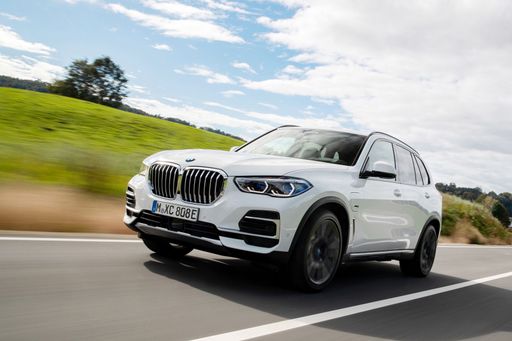
BMW X5
BMW X5
The BMW X5 embodies a perfect blend of luxury and performance, offering a driving experience that is both dynamic and comfortable. Its elegant design is complemented by a spacious, high-quality interior that prioritises driver and passenger comfort. Advanced technology features ensure that the X5 meets the demands of modern drivers, providing both entertainment and safety on the road.
details @ press.bmwgroup.com
@ press.bmwgroup.com
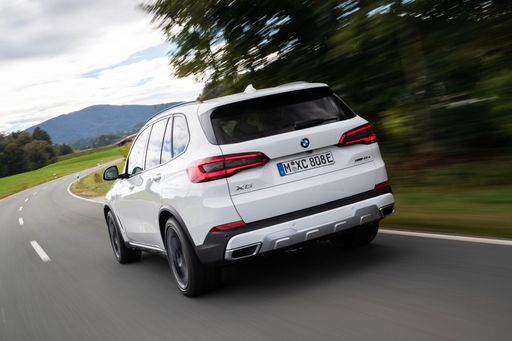 @ press.bmwgroup.com
@ press.bmwgroup.com
 @ press.bmwgroup.com
@ press.bmwgroup.com
 @ press.bmwgroup.com
@ press.bmwgroup.com
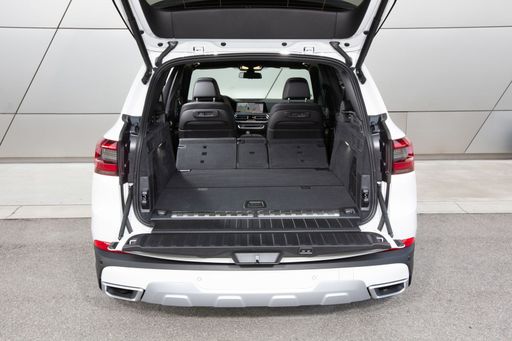 @ press.bmwgroup.com
@ press.bmwgroup.com
SsangYong Rexton
The SsangYong Rexton stands out in the SUV segment with its robust design and commanding presence on the road. It offers a spacious interior with high-quality materials, providing comfort and practicality for both driver and passengers. The Rexton combines off-road capability with modern technology, making it an attractive option for those seeking a versatile and durable vehicle.
details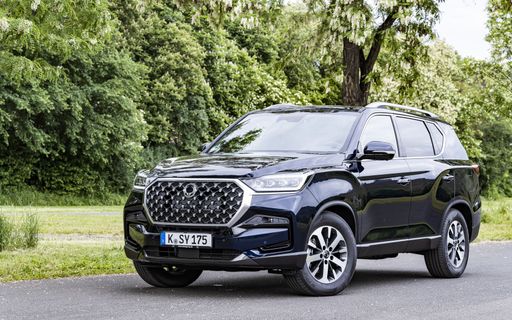 @ Ssangyong
@ Ssangyong
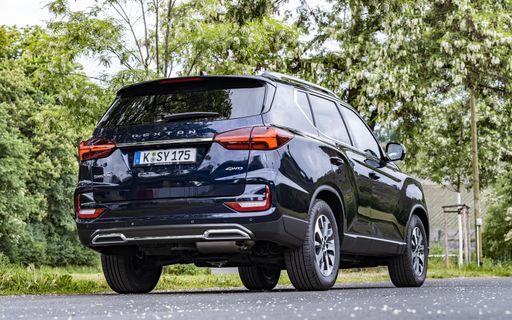 @ Ssangyong
@ Ssangyong
 @ Ssangyong
@ Ssangyong
 @ Ssangyong
@ Ssangyong
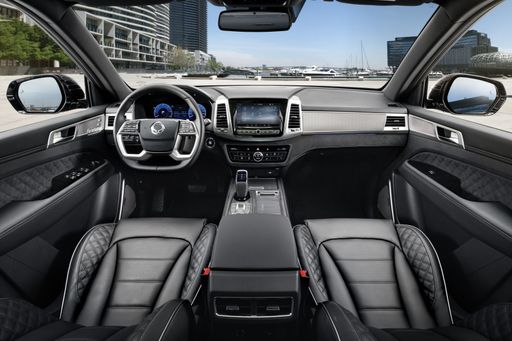 @ Ssangyong
@ Ssangyong

|

|
|
|
|
Costs and Consumption |
|
|---|---|
|
Price
77100 - 143500 £
|
Price
41100 - 51300 £
|
|
Consumption L/100km
0.8 - 12.8 L
|
Consumption L/100km
8.20 L
|
|
Consumption kWh/100km
-
|
Consumption kWh/100km
-
|
|
Electric Range
105 km
|
Electric Range
-
|
|
Battery Capacity
25.70 kWh
|
Battery Capacity
-
|
|
co2
19 - 289 g/km
|
co2
214 - 216 g/km
|
|
Fuel tank capacity
69 - 83 L
|
Fuel tank capacity
70 L
|
Dimensions and Body |
|
|---|---|
|
Body Type
SUV
|
Body Type
Off-Roader
|
|
Seats
5
|
Seats
5 - 7
|
|
Doors
5
|
Doors
5
|
|
Curb weight
2240 - 2495 kg
|
Curb weight
2145 - 2180 kg
|
|
Trunk capacity
500 - 650 L
|
Trunk capacity
236 - 784 L
|
|
Length
4935 - 4948 mm
|
Length
4850 mm
|
|
Width
2004 - 2015 mm
|
Width
1960 mm
|
|
Height
1755 - 1765 mm
|
Height
1825 mm
|
|
Max trunk capacity
1720 - 1870 L
|
Max trunk capacity
1806 - 1977 L
|
|
Payload
565 - 705 kg
|
Payload
655 - 770 kg
|
Engine and Performance |
|
|---|---|
|
Engine Type
Plugin Hybrid, Petrol MHEV, Diesel MHEV
|
Engine Type
Diesel
|
|
Transmission
Automatic
|
Transmission
Automatic
|
|
Transmission Detail
Automatic Gearbox
|
Transmission Detail
Automatic Gearbox
|
|
Drive Type
All-Wheel Drive
|
Drive Type
All-Wheel Drive
|
|
Power HP
298 - 625 HP
|
Power HP
202 HP
|
|
Acceleration 0-100km/h
3.9 - 6.1 s
|
Acceleration 0-100km/h
10.60 s
|
|
Max Speed
233 - 250 km/h
|
Max Speed
184 km/h
|
|
Torque
540 - 750 Nm
|
Torque
441 Nm
|
|
Number of Cylinders
6 - 8
|
Number of Cylinders
4
|
|
Power kW
219 - 460 kW
|
Power kW
148 kW
|
|
Engine capacity
2993 - 4395 cm3
|
Engine capacity
2157 cm3
|
General |
|
|---|---|
|
Model Year
2023 - 2025
|
Model Year
2021 - 2023
|
|
CO2 Efficiency Class
B, G
|
CO2 Efficiency Class
G
|
|
Brand
BMW
|
Brand
SsangYong
|
Is the BMW X5 offered with different drivetrains?
The BMW X5 is available as All-Wheel Drive.
The prices and data displayed are estimates based on German list prices and may vary by country. This information is not legally binding.
